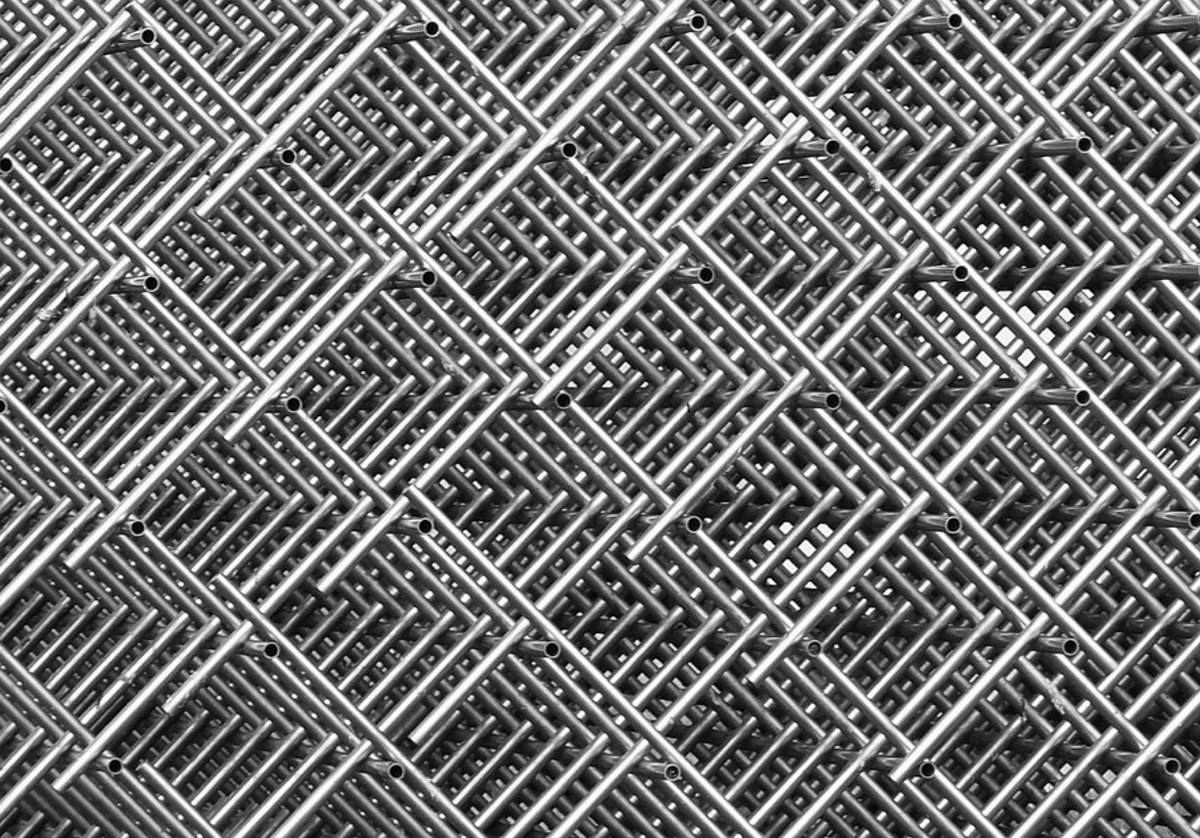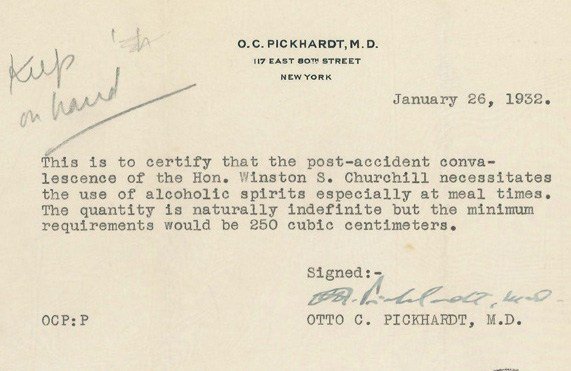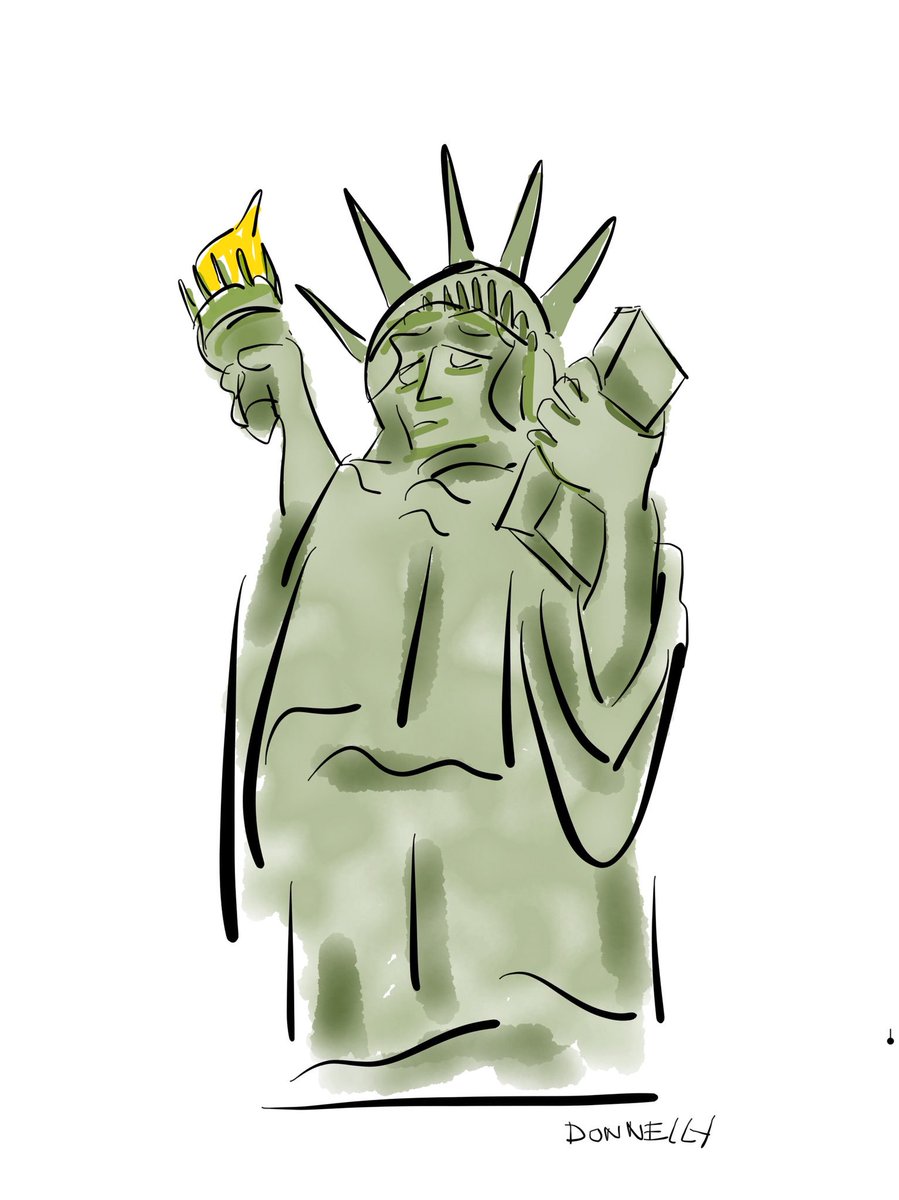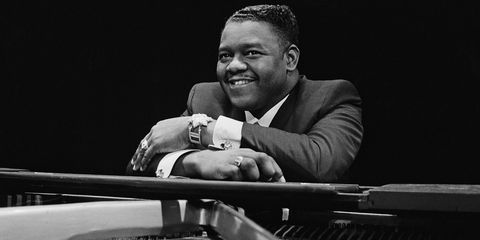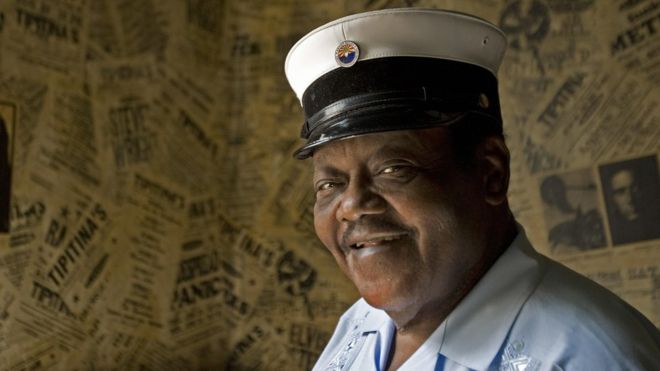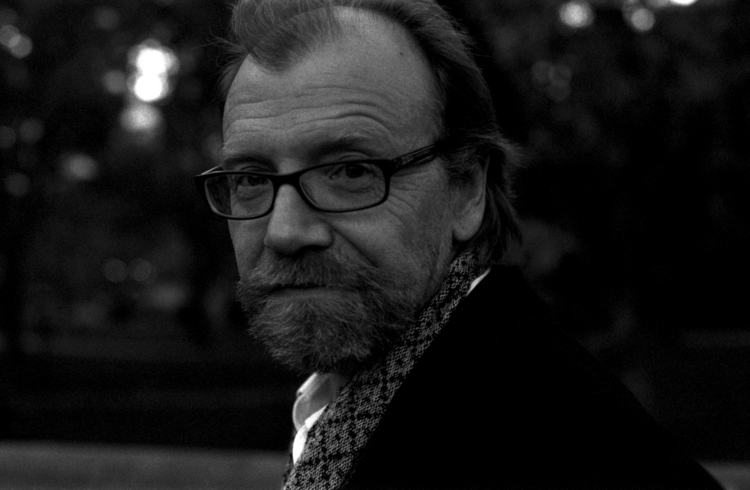Why do humans have numbers: are they cultural or innate? | Aeon Essays
W
O
R
D
F
A
C
T
O
R
Y
O
R
D
F
A
C
T
O
R
Y
IN THE HEYDAY OF THE INTERNET MESSAGE BOARD, let’s say in the 1990s, a certain species of idiot materialized. He was male, aggressively pedantic, self-professedly logical, committed to the hard sciences, prone to starting sentences with “actually,” and almost always devoted to the notion that his disbelief in God imbued him with intellectual superiority. This archetype’s golden years were the 2000s, a decade that saw George W. Bush’s politicized creationism and the use of web forums peak in unison. Once that decade ended, the internet tired of his antics and made him central to a series of in-jokes —“neckbeard” described his less-than-stellar grooming habits; and his hat of choice, the fedora, became the butt of innumerable jokes during Obama’s first term. No longer needed or tolerated, this misunderstood paragon of Enlightenment-core values began a journey that brought him to the worst possible destination: the Republican Party.
The Bush years provided militant atheists and amateur debate enthusiasts adequate fodder for their performative condescension. It seems almost quaint in retrospect, but newish, performative Christianity was being lab-tested at the time. Bush himself was a born-again Christian who cited a vision from God when justifying the disastrous invasion of Iraq, and his leadership inspired zealots across the country to up the ante. In 2001, Jerry Falwell, who had recently accused the show Teletubbies of “modeling the gay lifestyle” to children, blamed 9/11 on pagans and abortionists. In 2003, Judge Roy Moore installed a 5000-pound Ten Commandments monument outside the Alabama Supreme Court, refused to comply with court orders to take it down, and was eventually removed from office as a result.
The Bush presidency was a fantastic moment in which to be a self-satisfied dork with a penchant for explaining things to people.
It was a fantastic moment in which to be a self-satisfied dork with a penchant for explaining things to people. Richard Dawkins’s 2006 The God Delusion and Christopher Hitchens’s 2007 God Is Not Great each sold millions of copies, and Bill Maher’s Religulous was the highest grossing documentary of 2008. South Park lampooned Mormons, and internet trolls declared war on easy targets like the Westboro Baptist Church and the Church of Scientology. Until his disbarment in 2008, gamers mobilized to stop evangelical lawyer Jack Thompson from filing frivolous obscenity lawsuits against the makers of Grand Theft Auto. Atheists invented a religion around the “Flying Spaghetti Monster,” and demanded it be given equal weight in textbooks, to satirize the teaching of intelligent design in public schools. This subculture was dubbed “New Atheism.” It had a nice jaunt.
Once Bush left office, the promoters of “intelligent design” curricula retreated from the public sphere, and millennials asserted themselves as the least religious generation to date; the group that had coalesced around the practice logically refuting creationists needed new targets. One of the targets they chose was women. Militant atheism had always been male-dominated, but it took several years and a sea change in American politics for the sexism within its ranks to fully bloom. In 2011, skeptic blogger Rebecca Watson described in a YouTube video how a male fellow attendee of an atheist conference had followed her into an elevator at 4 a.m. in order to ask her on a date—behavior that, understandably, made her uncomfortable. The community erupted into what was later remembered as “Elevatorgate.” A forum was created to harass Watson, and Richard Dawkins himself wrote a comment telling her to “stop whining” because she had it better than victims of honor killings and female genital mutilation.
This dynamic played out again and again. In 2012, the popular atheist vlogger Thunderf00t (real name Phil Mason) aimed his sights at Watson in a video titled “Why ‘Feminism’ is poisoning Atheism,” thereby reigniting the previous year’s controversy. This time it took off, leading him to create several follow-up videos accusing women of destroying the paradise that was New Atheism for their own gain. In 2013, Mason inaugurated his “FEMINISM vs. FACTS” series of videos, which attacked Anita Sarkeesian, a feminist video game critic who was then receiving an onslaught of harassment and violent threats for daring to analyze Super Mario Bros. This sort of idiocy, combined, again, with the growing popularity of jibes associating outspoken atheists with fedoras, neckbeards, and virginity, led to an exodus of liberals and leftists from the “atheist” tent. Those who remained for the most part lacked in social skills and self-awareness, and the results were disastrous.
New Atheism and the Gamergate movement of 2014—which sicced vicious online mobs on female journalists and game designers based on spurious allegations of media corruption—overlapped in several ways. They were both male-dominated, the latter almost exclusively so, and they both festered on nerd-oriented internet forums. Both movements resented women and minorities who asserted themselves within those spaces, ostensibly because it provided an unimportant distraction from their respective goals of destroying religion and uncritically consuming entertainment products. The difference, though, was that Gamergate had no basis in reality. The central allegation of that controversy, that a developer slept with a Kotaku writer in order to secure a positive review of her game, was blatantly untrue. No such review existed, which posed a problem for anyone who viewed himself as the protagonist in a battle “vs. FEMINISM.” In order to continue this all-out war on feminists—the curious replacement creationists for a new decade that lacked for them—these New-New Atheists had to break with reality altogether.
The heirs to New Atheism may have a new target and a remodeled ethos, but their rhetorical crutches remain the same. They announce at every opportunity that they revere logic, evidence, and science, even if the opposite is plainly true. We saw this play out with James Damore, the engineer who was fired from Google after spreading a memo critiquing the company’s pro-diversity policies. Damore argued in his memo, titled “Google’s Ideological Echo Chamber,” that biological differences between men and women, not sexism, could account for the lack of gender parity in the tech industry. In the memo, he repeatedly used the favored buzzwords of atheist pedants. He wrote that he “strongly value[s] individualism and reason,” claimed that “the Left tends to deny science” and asked that Google “be open about the science of human nature.” The repetition of these sentiments failed to strengthen his case, which was made from gut feeling and justified retroactively with garbled logic and irrelevant studies. An investigation by Wired found that two of the researchers Damore cited disagreed with the conclusions he drew from their work, with one telling them that “It is unclear to me that this sex difference would play a role in success within the Google workplace (in particular, not being able to handle stresses of leadership in the workplace. That’s a huge stretch to me).”
It became more evident that Damore was less interested in scientific truth than giving credibility to his prejudices when he immediately brought his grievances to the right-wing internet. Despite writing in the memo that “some on the Right deny science that runs counter to the “God > humans > environment” hierarchy (e.g., evolution and climate change),” he was willing to be interviewed by campus gadflies Milo Yiannopoulos and Ben Shapiro, both of whom are climate change deniers. Damore’s choice of interviewers damaged his cause, but it revealed his motives.
Ben Shapiro, formerly of Breitbart and now editor-in-chief of The Daily Wire, has made a project of adapting the pedantic rhetorical style of New Atheism to conservatism, an ideology that persists in constant tension with rational thought. His speeches and television appearances are a mainstay of “Feminist DESTROYED by Facts” YouTube, and they often accumulate millions of views. His orthodox Republican political positions are nearly identical to those of the nutjob theocrats New Atheists gleefully tore down during the Bush years—including that homosexuality is a choice, transgenderism is a mental illness, pornography should be illegal, and G-rated TV shows are corrupting our children. Even so, he frequently professes to love “science,” which is all his credulous fans require. Comically, given his religion-derived worldview, Shapiro’s current catchphrase is “facts don’t care about your feelings.”
James Damore’s first and most damning interview after being fired was with prolific writer and YouTube personality Stefan Molyneux, who represents the most extreme example of the misuse of militant atheist rhetoric. Molyneux is an enthusiastic Trump supporter, a frequent Alex Jones collaborator, and a fixture in the alt-right. Like Damore’s other acquaintances, he denies climate change exists, but he also subscribes to fraudulent race science, argues that mental illness is a Jewish conspiracy, and believes the Las Vegas mass shooting was the result of a nationwide war on children. Despite all this moonstruck gibberish, Molyneux writes and speaks in the New Atheist style, fashioning himself as a master of logic, reason, and evidence.
In a political cartoon by Ben Garrison, an ex-libertarian who now panders to the alt-right, Molyneux is drawn popping bubbles—labeled “Trump is a misogynist,” “Trump is stupid” and “my feelings”—using enormous needles tagged “logic,” “reason” and “evidence.” In another, Molyneux holds a golden shield emblazoned with “REASON EVIDENCE LOGIC” as Hillary Clinton fires arrows representing her various campaign slogans. In these portrayals, the evidence or reasoning in question is never revealed, and for good reason. The depicted slogan “Stronger Together” is unmemorable, sure, but what about it is inherently illogical? What evidence could conceivably “disprove” it? The concepts themselves, imbued with such inherent value that they may as well be magical incantations, are powerful enough to frighten attackers before an argument can ever take place.
Molyneux’s latest book, titled The Art of the Argument, is riddled with errors and provides incorrect explanations of intro-course concepts like syllogisms and inductive reasoning.
Molyneux’s latest book, titled The Art of the Argument, is riddled with errors and displays a complete disregard for the conventions of formal logic. He provides incorrect explanations of intro-course concepts like syllogisms and inductive reasoning, but it makes no difference to the Infowars-addled target demographic. For the average Molyneux reader, who was almost certainly explaining Darwin to video game forums circa 2006, rhetoric is less a field of expertise than a trove of context-free buzzwords to throw out during online spats. Simply owning a copy of The Art of the Argument provides the amateur logician with enough confidence to unleash Molyneux’s signature retort, “not an argument!” To anyone with more than a cursory understanding of these concepts (or a familiarity with the Molyneux cult) an accusation that their retort fails to meet Molyneux’s jumbled, self-contradictory criteria for an “argument” is meaningless. To the conduit for Molyneux’s sophistry, its use is akin to a fatality move in Mortal Kombat.
The only surprising thing about this marriage of convenience between the most irritating rhetorical style and the dumbest possible ideology is that it took so long to come about. Whatever merits anti-theism may have with regard to social issues, humanism was never the prime mover for New Atheism’s most devout adherents. They were after the burst of dopamine that comes from feeling smarter than other people, from exercising some pathetic simulacrum of masculine power, from seeing someone else feel bad and knowing they were responsible. Strangely enough, this is also the goal of modern right-wing politics. Just as conservatives discovered they could skip straight to the “angry liberal” portion of the argument by electing Donald Trump, the worst New Atheists discovered they didn’t need atheism at all. They could be just as insufferable alone, on Youtube, spitting nonsense into the vacuum. The Greeks, those purported inventors of Western logic, had a name for such a man divorced from the public good. They called him “idiot.”

